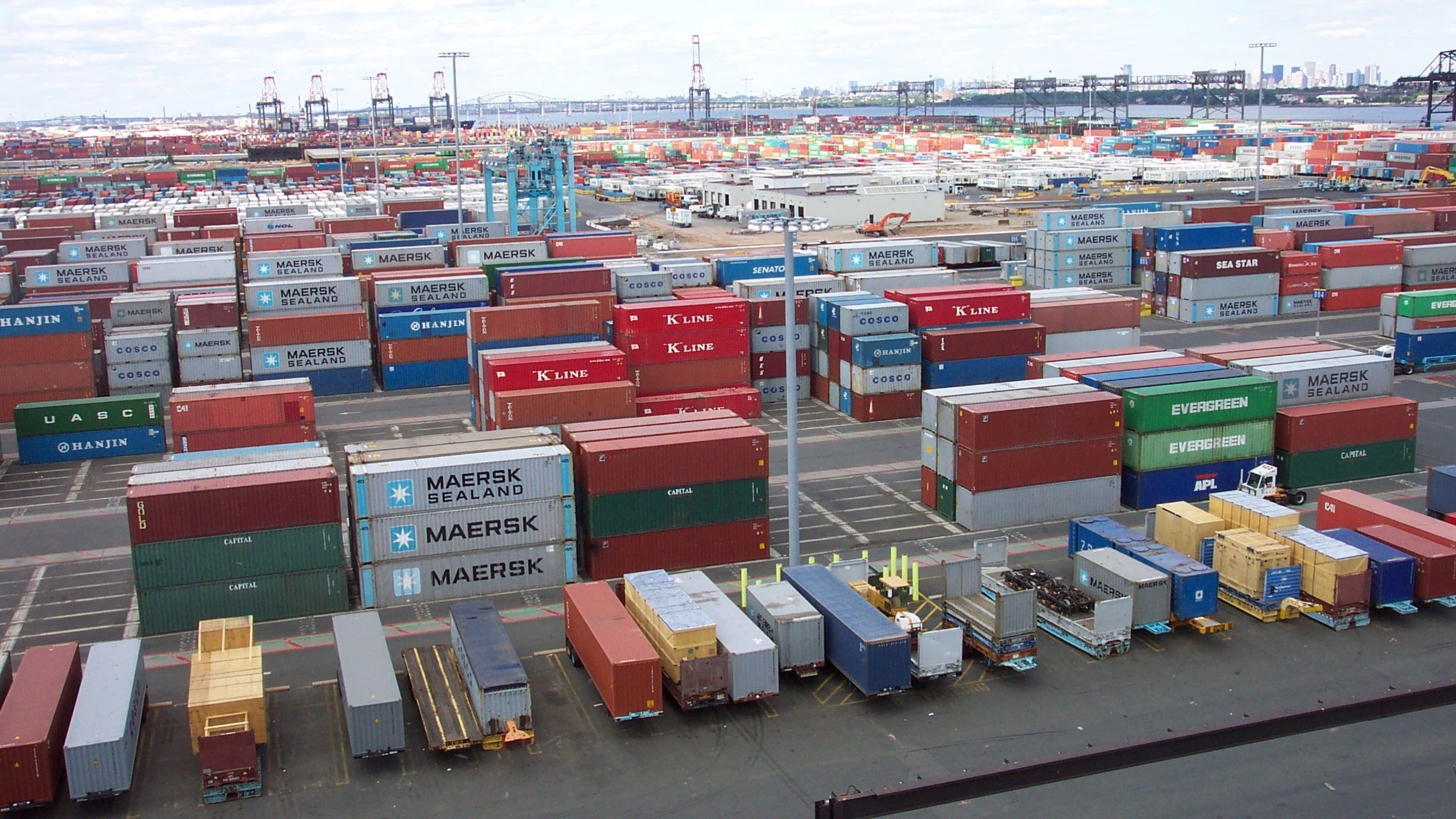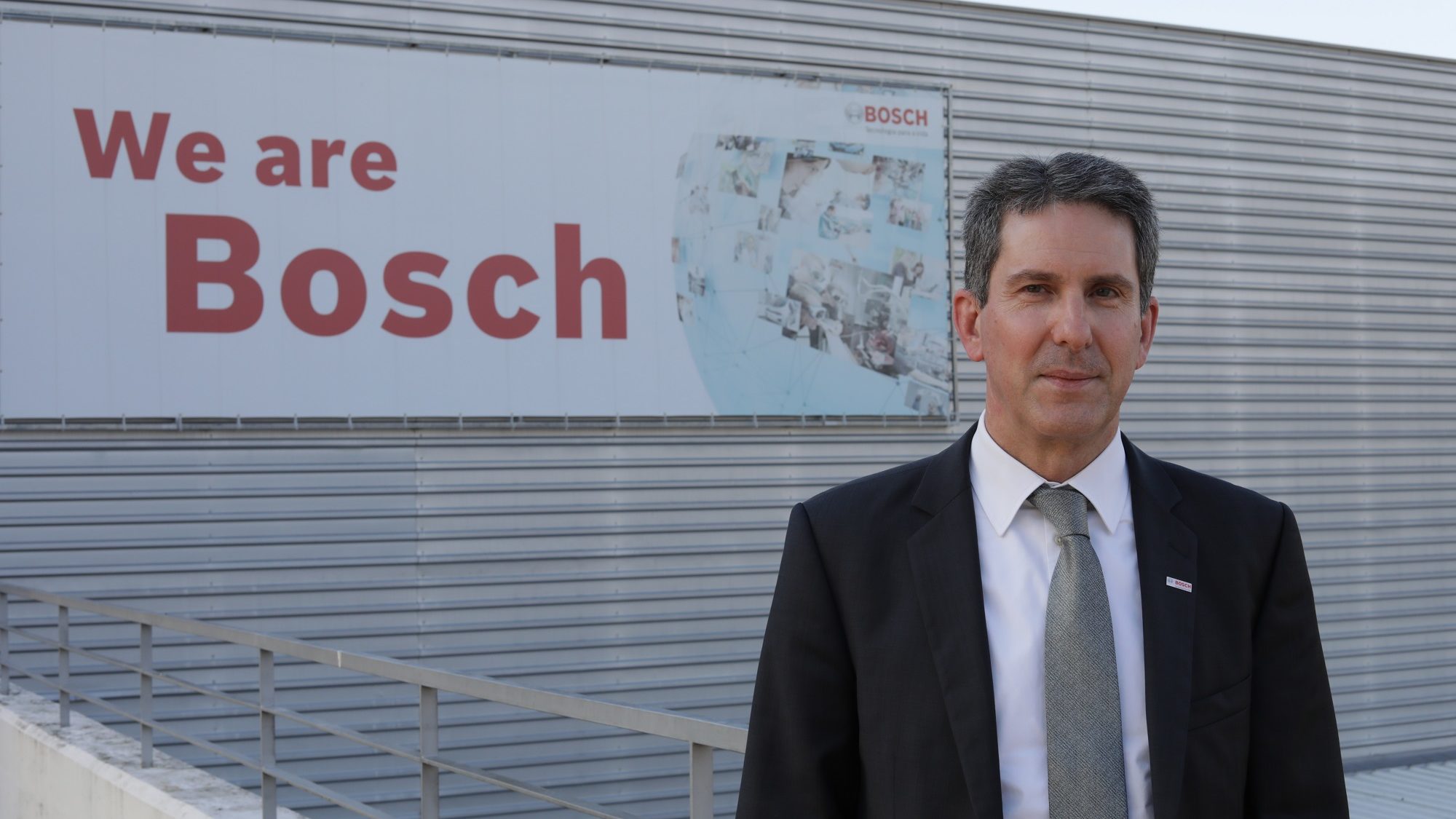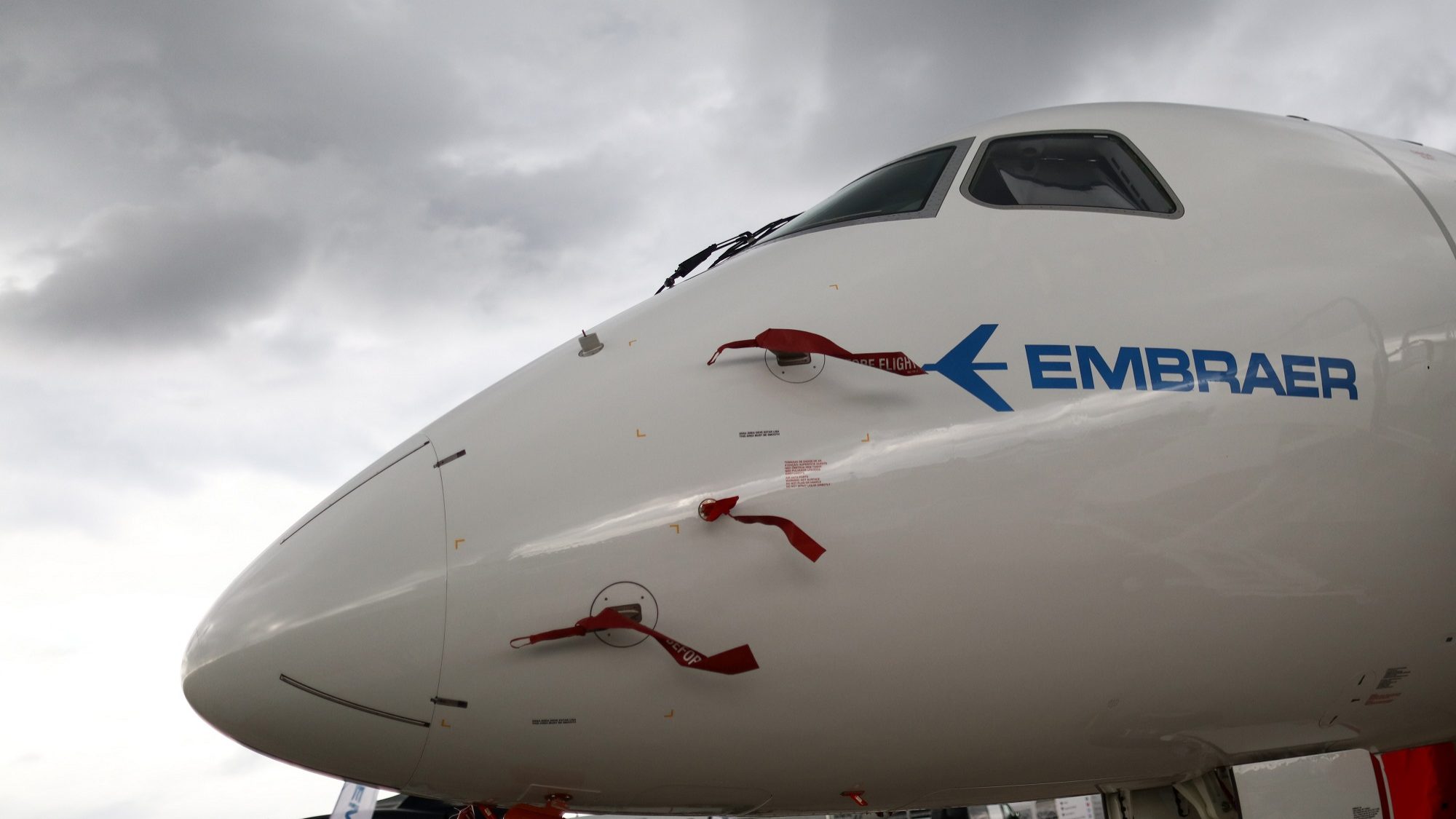Industry and fuel make exports grow 17%
In the first quarter of 2017, exports of goods accelerated more than imports. Yet, the trade balance worsens; calendar effects justify the high percentage variations in March.
“Exports and imports increased by 23.9% and 14.6% respectively, in nominal terms“, states Statistics Portugal (INE) about the data on international trade of goods until March. In INE‘s press release, it is explained that “the acceleration in exports and imports partially reflected calendar effects”, namely the celebration of Easter and the fact that last year was a leap year. In the first three months of 2017, exports and imports of goods grew 17.1% and 15.3%, respectively, in comparison to the homologous period.
The analysis of data until March reveal the 538 million euros increase in industrial supplies was the main contribution for the increase in exports, a 13.3% rise in comparison to the homologous year. In addition, the 73.5% increase in exports of fuel and lubricants — an additional 435 million euros — also contributed to an increase higher than 17% in exports in the first quarter.
The deficit of trade balance goods improved in March 2017, in comparison to the same period of 2016. “The deficit of trade balance reached EUR 821 million in March 2017, decreasing by EUR 241 million when compared with March 2016”, states INE. However, when making an homologous comparison, we can conclude the trade balance worsened by 154 million euros.
Excluding the effect of fuel and lubricants — the goods with the most volatile prices –, exports grew 21.1% and imports increased 14.6% in March, according to INE‘s International Trade Statistics. Exports benefited essentially from an increase of exported goods to the European Union member-states. The same happened with imports, and the single market was the driving force of this increase: however, the big surprise was the 252.9% increase in imports from Russia, because of fuels (crude oils).
In February, the trade balance of goods had worse results than last year: it increased 58 million euros in 2017. Exports are increasing at a larger pace than imports, although the difference is very mild. Excluding fuels, exports grew 5.5% and imports increased 4.0%. Including fuel, exports of goods increased 9% and imports grew 8.9%.




